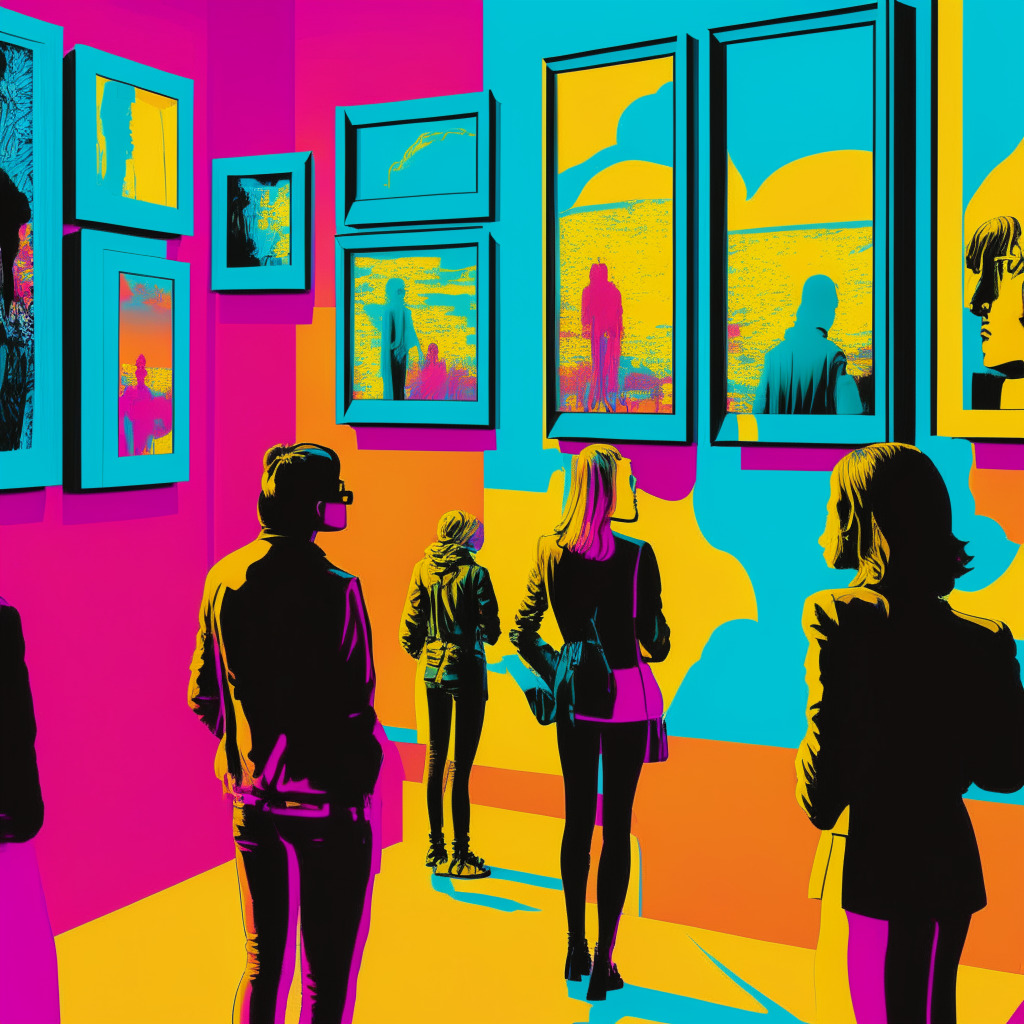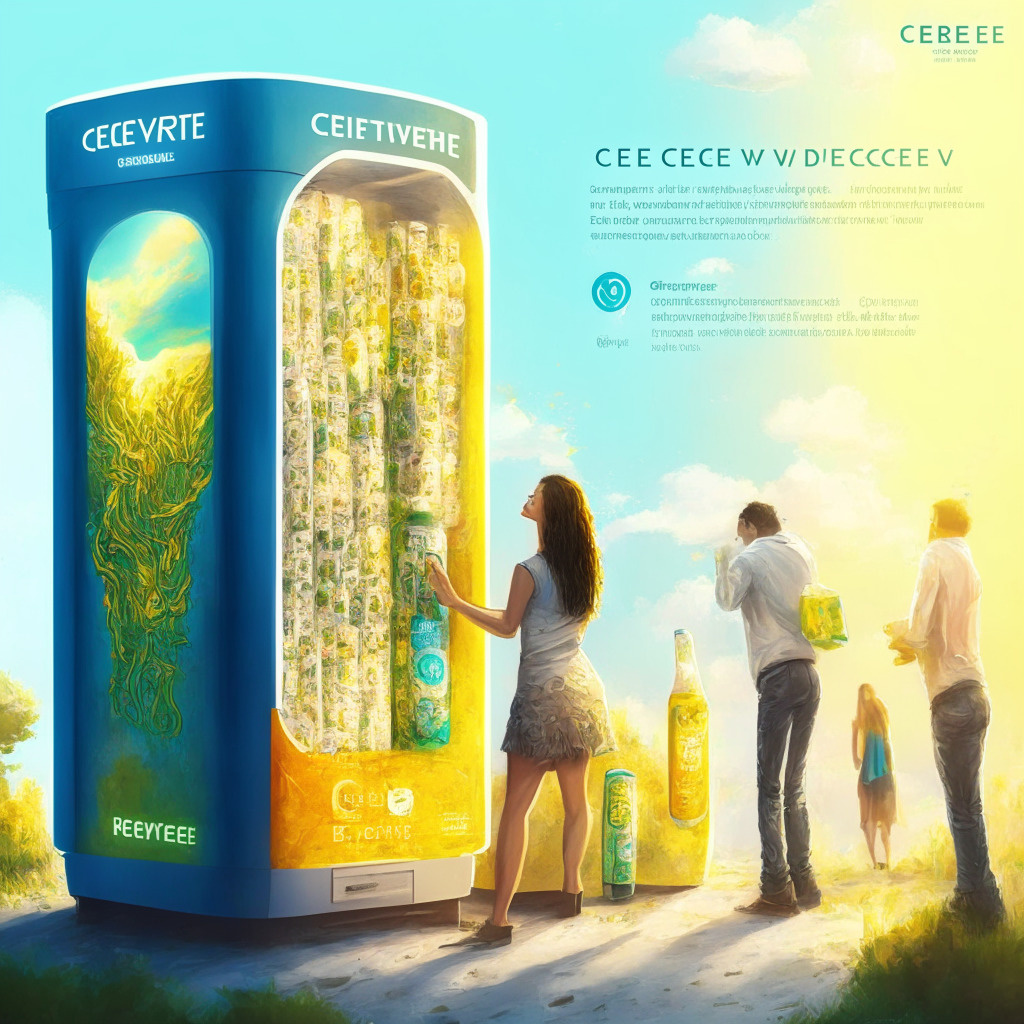The fine art collecting landscape is experiencing a significant transformation with the introduction of fractionalized art platforms such as Freeport. This platform allows users to invest in tokenized shares of original, signed artwork by legendary artists like Andy Warhol. For instance, a curated set of Warhol’s iconic pieces, including “Marilyn” (1967), “Double Mickey” (1981), “Mick Jagger” (1967), and “Rebel Without a Cause” (1985), is now available for purchase, with each share priced between $20 and $78. However, to own a fraction of a masterpiece, one must acquire a minimum of 10 NFT-based shares.
Fractionalizing assets into smaller shares or pieces creates liquidity for previously illiquid assets, thus allowing many more people to invest. This innovative approach has not only been applied to physical and digital art but also real estate. Freeport’s tokenized shares grant investors access to digital versions of these invaluable pieces via its app. Additionally, a secondary market for these shares is planned to let holders trade them, while the original artwork remains in the platform’s custody.
Having successfully completed a Regulation A review with the U.S. Securities and Exchange Commission (SEC), Freeport is on its way to pave the path for investment in blockchain-based fractionalized art. Amid the prevalent regulatory uncertainty surrounding the emerging crypto market, this approval might assuage potential investors’ concerns.
Prominent art collector “Baby” Jane Holzer is among the first owners to sell their original Warhol prints to Freeport. She hailed the platform as a disruptive force that bridges the gap between art appreciation and ownership for all.
This is not the first time Warhol’s work has been tokenized and sold on the blockchain. In 2018, Dadiani Syndicate offered fractionalized Warhol works, such as the 1980 piece “14 Electric Chairs,” valued at $5.6 million. More recently, in 2022, the Showpiece platform sold fractional shares of Warhol’s “Reigning Queens 1985” print.
While the concept of fractionalized art platforms promises numerous advantages, including expanding the market and making art more accessible, critics may argue that it could lead to a loss of exclusivity and dilute the value of owning physical art. Moreover, there are concerns over the potential misuse of NFTs and shares as money-laundering vehicles in the absence of stringent regulatory frameworks.
As the debate continues, one thing is for sure: the fusion of art and technology has forever changed our perception of art ownership and investment, and platforms like Freeport are at the forefront of this evolution.
Source: Decrypt




